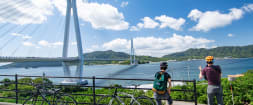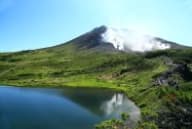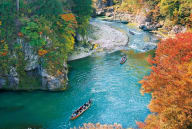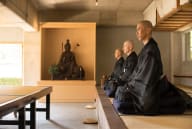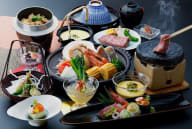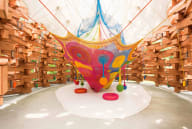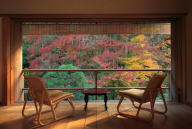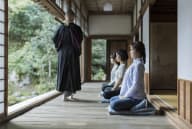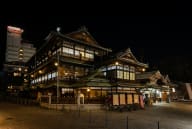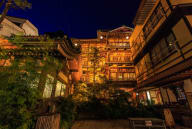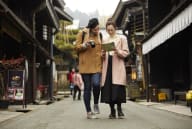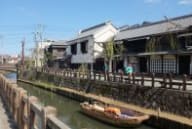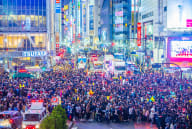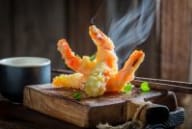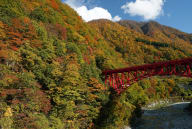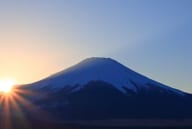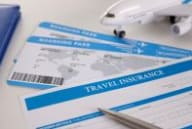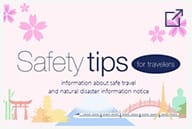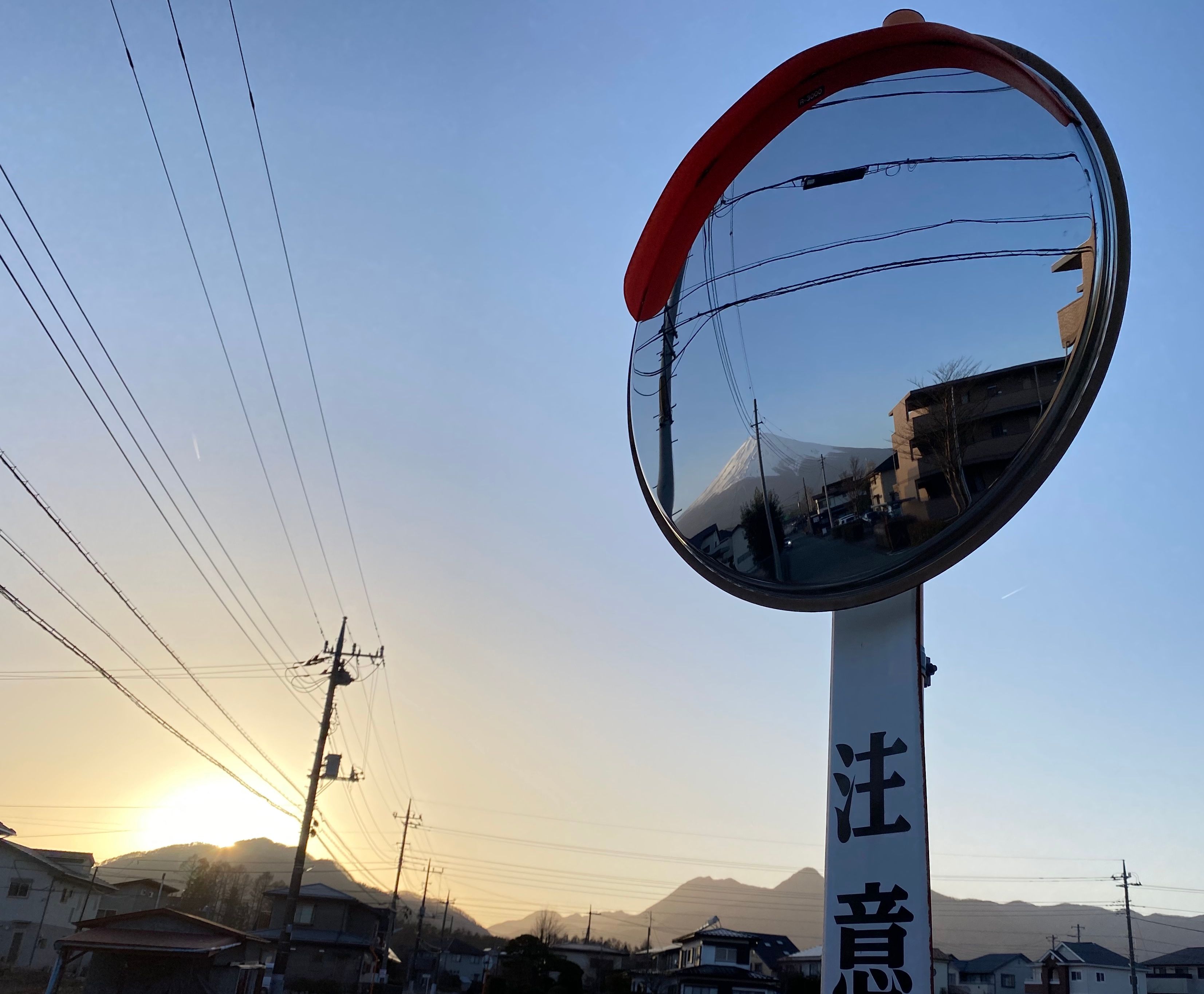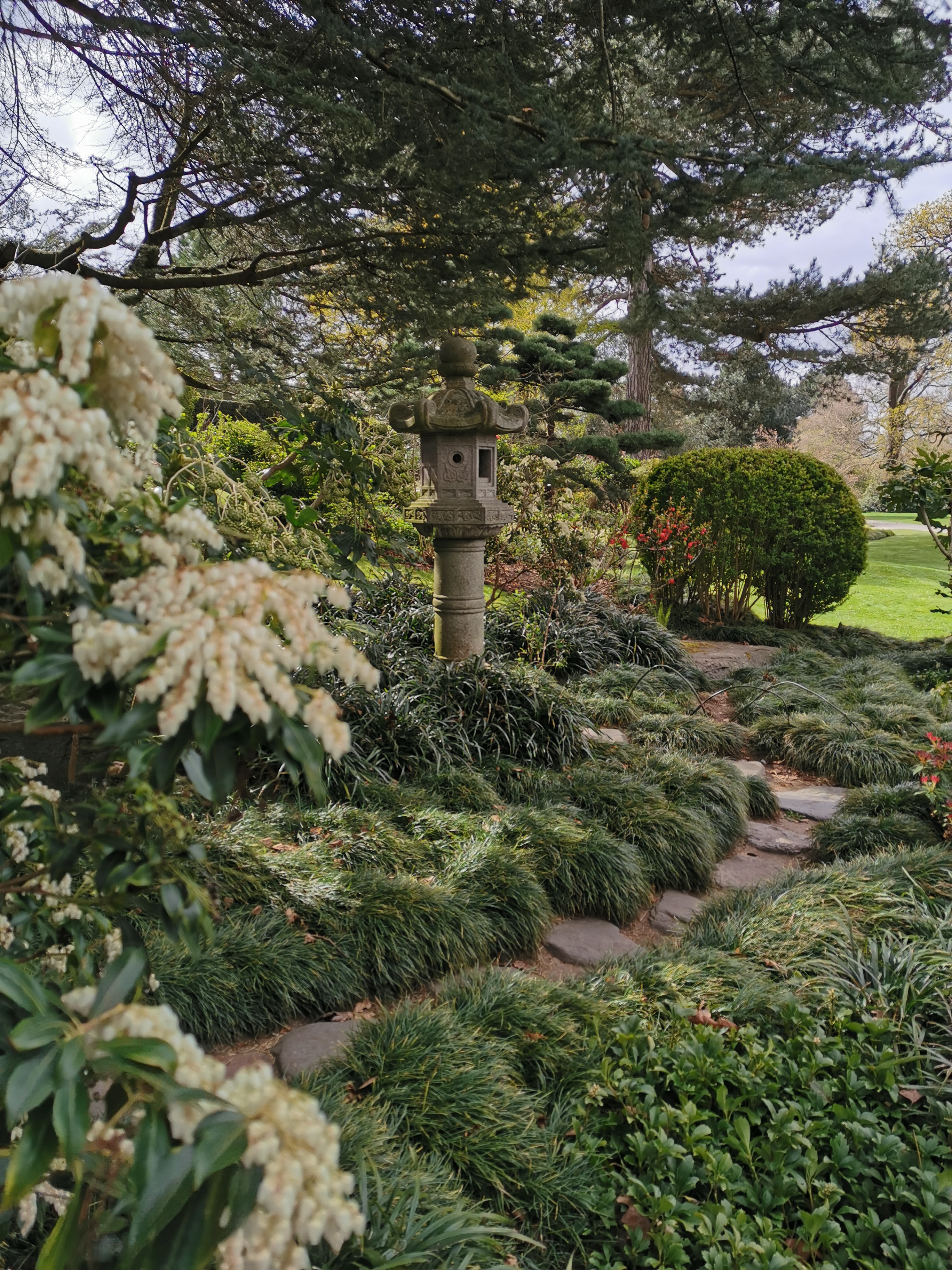Use the
Planning a Trip to Japan?
Share your travel photos with us by hashtagging your images with #visitjapanjp
Learn what needs booking, what doesn’t, and when and how to make reservations
From savoring world-class sushi to soaking in historical hot springs, there’s a lot to experience in Japan, but you need to plan ahead to avoid missing out. Many aspects of travel in Japan, including transportation, accommodations, and sightseeing, require prior booking, sometimes even months in advance. Making reservations secures your spot for popular attractions, while also helping destinations manage visitor numbers. This guide will help you navigate the ins and outs of making reservations in Japan, for the most seamless and rewarding experience.

Knowing what needs to be booked
With so many activities and attractions available, it’s not always obvious which require booking. Here are a few that typically need reservations:
- Hotels and accommodations. For online reservation sites, see this page.
- Highway buses, bullet trains (shinkansen), and some express trains (reservations are not necessary for metro, commuter trains, local buses, etc.)
- Large luggage space on some bullet trains, such as the Tokaido, Sanyo, and Kyushu shinkansen lines. If you would like to eliminate luggage hassles, see this page about luggage-free travel.
- Many restaurants, especially in the downtown areas of the most popular destinations.
- Popular attractions, such as TeamLab Borderless.
- Some shrines and temples, such as Saihoji in Kyoto.
- Some parts of festivals and events, such as premium seating for fireworks displays.
- Special parts of an attraction, such as exclusive sections of a castle, or priority passes at a theme park.
- Special museum exhibits.
- Guided tours and experiences.
- Some facilities at your hotel, including private hot-spring baths, private saunas, karaoke rooms, etc.

Some restaurants don't take reservations, in which case they may have a waitlist near the entrance. Fill in your name and the number of people in your group. Sometimes there is also a space to indicate your seating preference, i.e., counter, table, terrace, etc. Once you’ve written down your details, join the line or take a seat if there are chairs. You will be called as soon as your table is ready. Note that casual restaurants, such as fast-food chains, family restaurants, and ramen shops, also typically do not take reservations and seat diners on a first-come, first-served basis. Search for restaurants and check their reservation policies from the websites listed on this page.

Making reservations
Many services and attractions can be reserved online. You can reserve seats for bullet trains (shinkansen) or highway buses through their respective booking web pages, many of which have foreign-language pages. Similarly, hotels and popular attractions like theme parks and historical sites often have dedicated pages for overseas visitors. For smaller or more traditional establishments that only have Japanese websites, you can use your web browser’s translation features to navigate the booking process.
Sometimes a phone reservation is the only option. If you’re not comfortable speaking Japanese or can’t use network roaming services to make calls on your device, hotel concierges or travel agents may be able to assist. They know the process well and can handle your reservation, asking any questions on your behalf. If making multiple reservations on your own seems a handful, consider joining a guided tour. The tour operator typically takes care of everything—transportation, meals, and tickets—so all you have to do is show up and enjoy the experience.
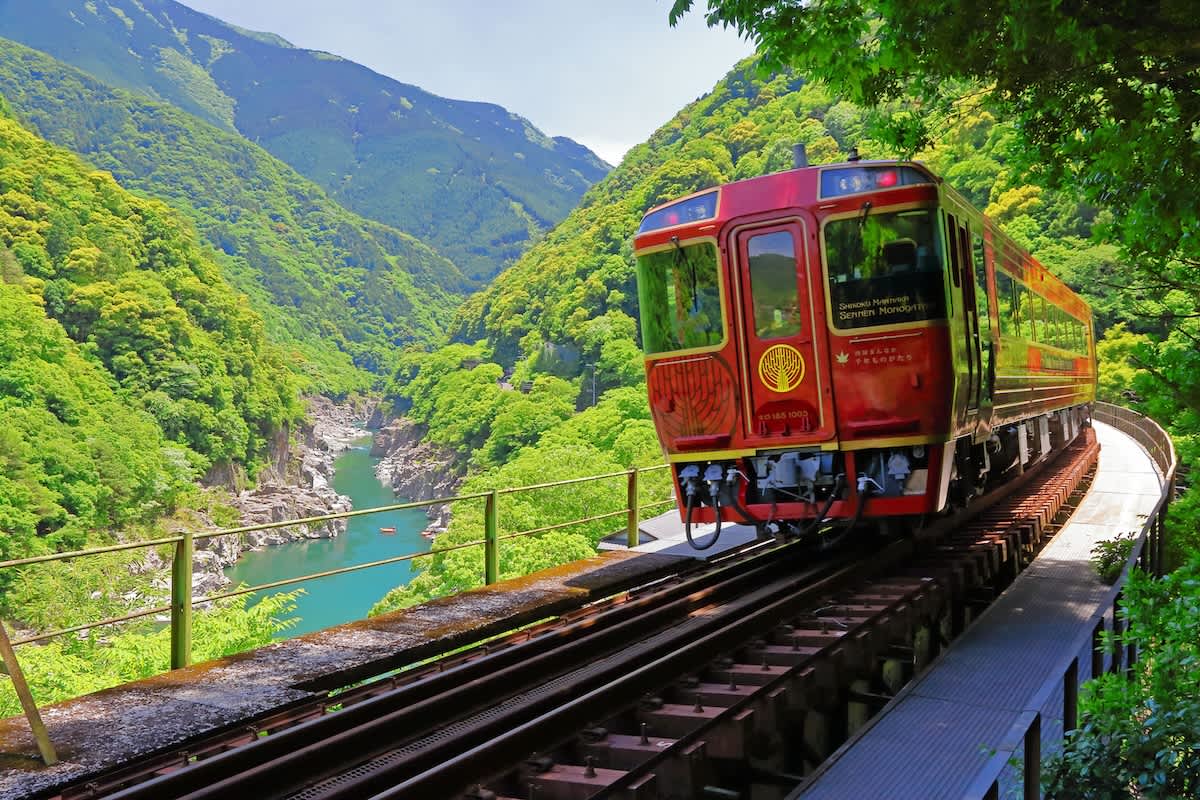
Getting the timing right
Many attractions and services have specific booking windows. For example, tickets for the Sunrise Izumo sleeper train to Shimane Prefecture go on sale exactly one month in advance at 10:00 a.m., while tickets for the Ghibli Museum are released at 10:00 a.m. on the 10th of the month for the subsequent month, i.e., tickets for November are released on October 10th. Since spots for popular attractions fill up fast, it’s important to know exactly when tickets become available to secure your place. Keep in mind that these booking windows are based on Japan Standard Time (JST), so be sure to double-check the time zone when making reservations from abroad.
Before you hit “reserve,” check the essential details carefully and be mindful of specific booking conditions. Some places may require a deposit or a credit card to secure your spot, with the understanding that the deposit could be forfeited, or a fee charged should you miss your booking or fail to cancel with sufficient notice.
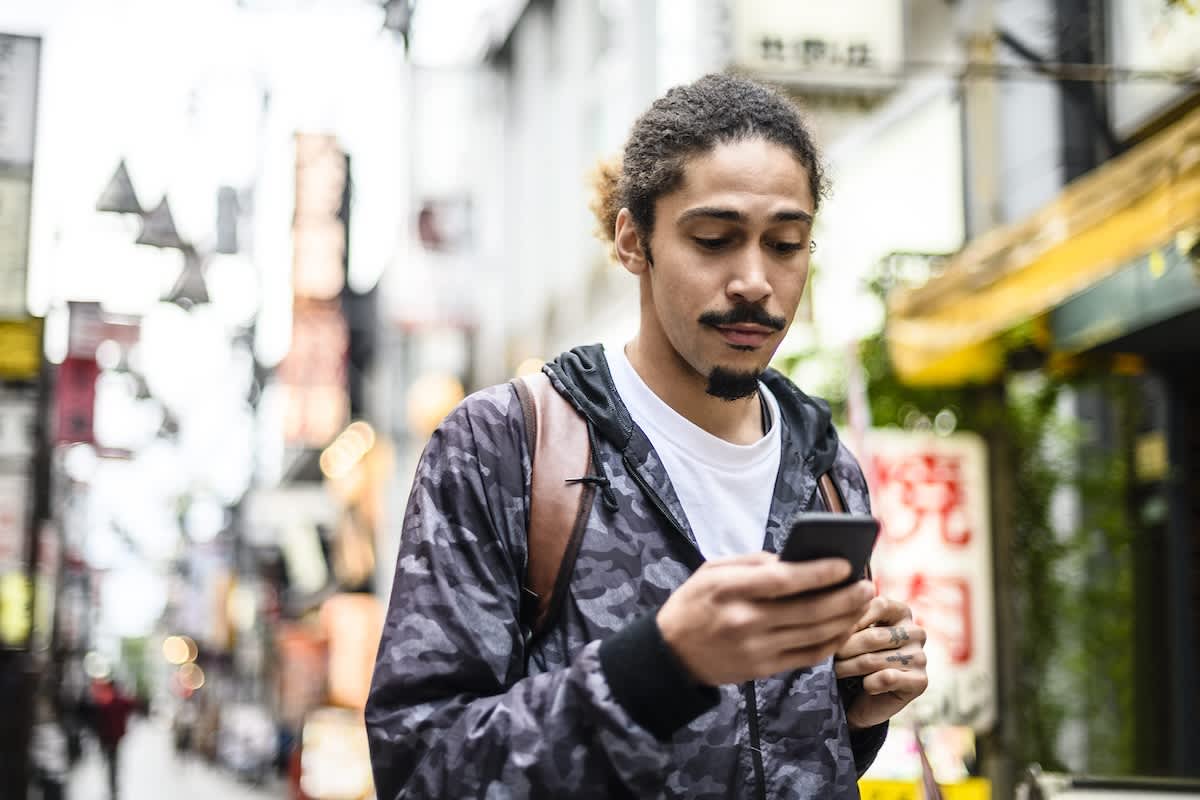
Certain online reservation services may also require confirmation 24–48 hours before your scheduled booking. Check the reservation terms and conditions and keep an eye on your emails and SMS messages to avoid missing important notifications or confirmation reminders. Staying organized is key; keeping track of your reservations helps prevent double-bookings or missed appointments, especially when juggling multiple reservations during a busy trip.

Minimal crowds, maximum fun
For the best prices and availability, make reservations for non-peak times and seasons, such as weekdays or outside major domestic holidays, like Golden Week or Obon. Ticket availability is generally better, and there tend to be fewer fellow visitors, meaning shorter lines and other benefits. Off-peak bookings also have a positive impact on the destination, helping to ease congestion as well as contributing to the economy outside typical peak hours and seasons. Discover more ways you can enhance your experience while traveling more meaningfully here.

Many attractions use scheduled entry slots to maximize the visitor experience and reduce overcrowding. While entry times are set, they generally don’t restrict the duration of your visit, allowing you to explore freely until closing time. Staggering the times helps maintain a balanced number of guests at any given time, creating a more comfortable and leisurely visit.

The most popular times to visit Japan are in spring for the cherry blossoms (late March to early April) and autumn for the fall foliage (from September to November). Aim outside these periods to avoid the crowds, and enjoy the unique charms that off-peak seasons, such as winter, have to offer. See this page for information about Japanese national holidays and general business hours to help plan your next trip.

Reservation tips and etiquette
With reservations, there are a few essential dos and don'ts to be aware of. Some are universal, while others are more specific to Japan. Here are some key tips to ensure you have the most satisfying experience:
Keep an eye out for discounts and special offers
Before finalizing your reservation, check the website, social media, or other information sources for the place or experience you are booking. You might find perks like discounts or giveaways for booking early or through specific channels.
Be punctual
Being late for bookings can mean missing out on your experience, whether having a train leave without you or being denied entry into an attraction. At certain restaurants, especially those serving set menus, dishes are prepared to be served fresh according to your reservation time and are sometimes served in a single synchronized sitting for all diners. Arriving late could affect the quality of your meal and inconvenience other guests.
Check table time limits
Some restaurants in Japan have a time limit for table usage, often around two hours. Always confirm this to avoid being surprised if you are planning a more leisurely meal.
Give it time
Japan’s cities are larger than you might think, and getting around can take longer than expected. While you will want to pack in as much as possible, allow enough time between reservations to avoid having to rush from one place to another.
Call ahead if running late
If delayed, give the venue a heads-up to avoid complications. If calling isn’t an option, try reaching out through their social media accounts.
Cancel well in advance
If you can’t make it, cancel your reservation as early as possible to give the business time to accommodate new customers or otherwise manage their resources, for example, many restaurants, especially smaller or specialized places, stock ingredients based on reservations. Canceling early helps them avoid unnecessary waste.
Avoid double-booking
Stay organized and avoid making conflicting reservations. Keeping track of your schedule will help prevent last-minute scrambles and missed appointments.
Read more on manners and etiquette in Japan, here.
The tips in this article are recommendations. They do not guarantee you will be able to secure your desired reservation. Availability and policies may change, so always check official websites and remain flexible with your plans.














